 Thanks: 0
 Likes: 0
 Dislikes: 0
-
Super Member

 Pad Angle - A buffing variable seldom discussed Pad Angle - A buffing variable seldom discussed
I wanted to post on a topic that is part of a much longer article i am writing because i feel it is an important paint polishing variable that is seldom discussed. I believe this variable can make anyone more efficient and can increase their average results across the board if optimally performed.
PAD ANGLE
This term discusses how the pad rests on the painted surface.
This would seem a simple and easy task to keep a pad flat upon a surface, but it requires a high level of mental concentration and focused physical energy to achieve. That is difficult enough on flat surfaces, but its infinitely harder to keep consistent on curved or a multi-transitioned area. So some keys points of emphasis are staying supremely focused and patient.
• A main reason for keeping the pad angle level with the paint surface is that when flat a pad has an even level of power dispersed to all portions of the pad, resulting in an even level of polishing power to the entire pad face. Therefore, if pad angle isn’t maximized, then cutting power is diminished instantaneously. This s no good for anyone, especially if just starting a project.
• Secondly, optimal pad angle also allows the machine to move freely throughout its intended path, performing most of the surface leveling power. If the pad is angled on its tip then the machine works on that tip only. In the case of a Dual Orbital; tipping will bog it down and stop the backing plate rotation. Which is a major poo-poo because its a major source of the DA's polishing success.
• Thirdly, A flat pad allows maximum engagement of its surface area with the paint. This minimizes working time on a panel.
Maximum pad surface area benefits include:
• 1] Even dispersal of the buffing liquid over the surface, which allows for max cut.
• 2] Higher lubricity of the working section allows the pad to squeegee away used buffing particulates more effectively so they don’t mix into the pad, marring the paint.
• 3] Maximal Pad Surface Area Recruitment. This is significant because the greater the amount of available pad the greater amount of clean available buffing liquid to work with and less time will be spent cleaning pad of used product and removed paint particulates.
When a pad is tilted even a slight bit, uneven pressure is placed on the pad. This concentrates force into the tilted section touching the paint. This causes two main issues:
• 1] It places an unregulated amount of forced pressure into a concentrated area of the pad, which causes this concentrated area to receive a great deal more of the force of the machine. This concentrated force generates much more heat, increasing the likelihood of a burn through. Also, when the pad is tipped, whatever isn't working on the section is being wasted, greatly decreasing the pads efficiency and life span because the area engaged is being greatly over worked by friction.
• 2] It bogs down the machine, lowering correction power, because an uneven level of cutting force is applied to the paint’s surface. On a rotary this is a DANGEROUS because the forced rotation of the machine keeps the pad moving and the tilt will concentrate all of the force into the tiny region, making for a situation where a burn could happen in an instant. On a DA random orbital machine, tilting a pad too could drastically slow down or completely stop the backing plate rotation, which means very minimal to no cut.
I tried to keep this short and sweet.. but it could be easily analyzed in a 30 page article....
Enjoy
-
Super Member

Re: Pad Angle - A buffing variable seldom discussed
Even if the buffing-pad is held flat/level/parallel to any given vehicle panel;
and:
If what you say is true that: A flat pad allows maximum engagement of its surface area
with the paint (and thus, as you allude to: will allow for certain benefits)...
Then where are you saying that the pad's liquid-product (compound/polish)
will tend to migrate to...on the pad's surface areas...when being used on/with:
-A Rotary?
-A DA (ROP, for those so inclined)?
-A Flex 3401 VRG?
Bob
"Be wary of the man who urges an action in which he himself incurs no risk."
~Joaquin de Setanti
-
Re: Pad Angle - A buffing variable seldom discussed
Great topic and thanks for the post. I would make a slightly different argument though. Concave surfaces are the main problem area with keeping uniform pad pressure, especially if the length of the concave surface is about the same or smaller than the pad diameter. Long, sweeping concave surfaces are less of an issue.
Non-symmetric concave surfaces (different slope on opposite faces) make it even harder to maintain equal pad pressure. Actually, it's impossible to maintain equal pad pressure in that case, because the surface itself causes different compression of the foam.
The center (bottom) of the concave surface has the least pad compression if the pad is centered over the concave surface, and the edges have the most pad compression. The areas with the most pad compression create the most resistance to pad rotation. One side of the pad sees reduced compression as it rotates from the slopes of the concave surface to the valley, and at the same time the opposite side of the pad sees increases compression as the foam rotates from the valley of the concave surface to the slopes. This uneven spread of pad pressure cannot be overcome, because it's the shape of the surface that causes it. This causes high and uneven resistance to pad rotation (or complete stoppage). It's the geometry of the surface that causes this, so there's not much you can do as the user.
-
-
Re: Pad Angle - A buffing variable seldom discussed
 Originally Posted by Christopher.Brown

I
This concentrated force generates much more heat, increasing the likelihood of a burn through.
Two tips...
Anytime you're working a small area, be aware ahead of time you're going to heat the paint up a lot faster than if you're buffing a large panel.
The reason is when buffing a large panel as you move the buffing pad from one section of the panel to the far section, the area you just buffed has some "time" too dissipate the heat and cool down before you return to buff that section again.
When buffing a small area you have to work smart and KNOW that you're going to heat the paint up and only buff for shorter spurts of time.
Then after buffing for a few passes place your hand on the panel to check for surface Temp. If you can easily keep your hand against the paint and hold a conversation the paint is not too hot.
If your knee-jerk reaction upon touch the paint is to jerk your hand away because it's HOT... then stop buffing for few minutes and let the paint cool down.
There's a section in my how-to book called Destructive Paint Polishing and this has to do with the upper limits of surface temperature to avoid when buffing.
There' this too...
Fight or Flight Method for Gaging Surface Temperature

-
Super Member

Re: Pad Angle - A buffing variable seldom discussed
I sometimes bring my pad on on edge to correct a stubborn area without having to switch buffer, pad, or product. I only do this if there are one or two small spots that need a little more correction than the rest of the paint.
-
-
Super Member

Re: Pad Angle - A buffing variable seldom discussed
MY mistake here... serves me right for posting too early i guess... 
What I wrote was a paraphrased excerpt from a MUCH larger article integrating many aspects of paint polishing, so i failed to provide some context....
Edging is most definitely a necessary part of buffing. In fact i do it everytime i buff, especially on a rotary.
The majority of what i was referring to was aimed at explaining the mechanics of how pad angle affects the buffing process on the whole... Especially optimizing pad angle so that as much of the pad surface is in contact with the working panel at all times.
No way would i say to never edge. Contours and tight areas and edges require it quite frequently. In fact there arent many 'rules' in polishing that cant be broken for good reason.
sorry that a caused a little confusion... just keepin you all on your toes 
-
Re: Pad Angle - A buffing variable seldom discussed
 Originally Posted by Hoytman

I took what I've learned from Mike Phillips about going up on edge and applied that knowledge to areas like these...
Wow! Amazing work and I see you've really done a great job of learning how to not only take great before and after pictures but you've mastered the art of cropping, resizing, uploading and inserting.
Well done Bill...
 
Similar Threads
-
By emmjay in forum Ask your detailing questions!
Replies: 6
Last Post: 10-05-2015, 04:34 PM
-
By DRamsey in forum Auto Detailing 101
Replies: 21
Last Post: 11-05-2013, 08:44 PM
-
By jonn127 in forum Off-Topic
Replies: 12
Last Post: 11-20-2010, 04:27 AM
-
By m5allen in forum Auto Detailing 101
Replies: 3
Last Post: 12-09-2009, 12:12 PM
-
By schmitt55 in forum Porter Cable 7424XP Dual Action Orbital Polisher
Replies: 1
Last Post: 06-29-2008, 03:57 PM
 Members who have read this thread: 0
Members who have read this thread: 0
There are no members to list at the moment.
 Posting Permissions
Posting Permissions
- You may not post new threads
- You may not post replies
- You may not post attachments
- You may not edit your posts
-
Forum Rules
|
| S |
M |
T |
W |
T |
F |
S |
| 31 |
1
|
2
|
3
|
4
|
5
|
6
|
|
7
|
8
|
9
|
10
|
11
|
12
|
13
|
|
14
|
15
|
16
|
17
|
18
|
19
|
20
|
|
21
|
22
|
23
|
24
|
25
|
26
|
27
|
|
28
|
29
|
30
| 1 | 2 | 3 | 4 |
|












 Thanks:
Thanks:  Likes:
Likes:  Dislikes:
Dislikes: 

 Reply With Quote
Reply With Quote
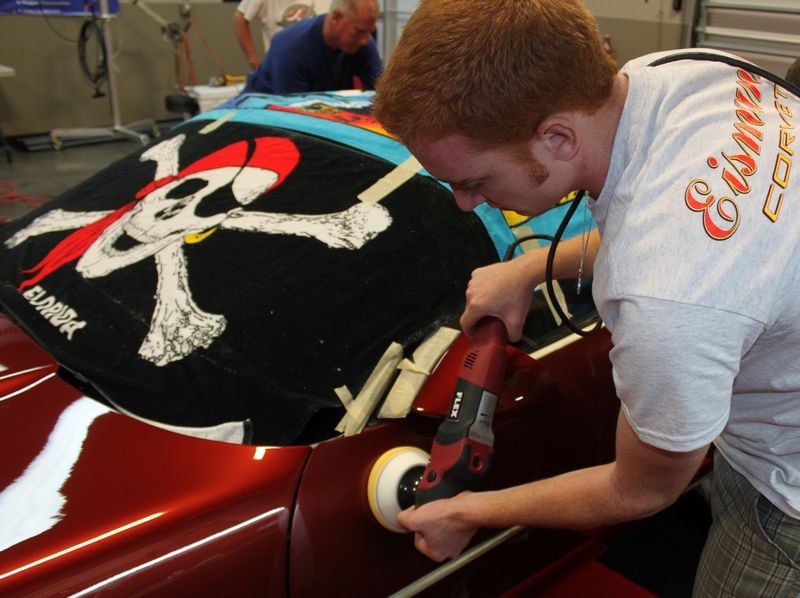





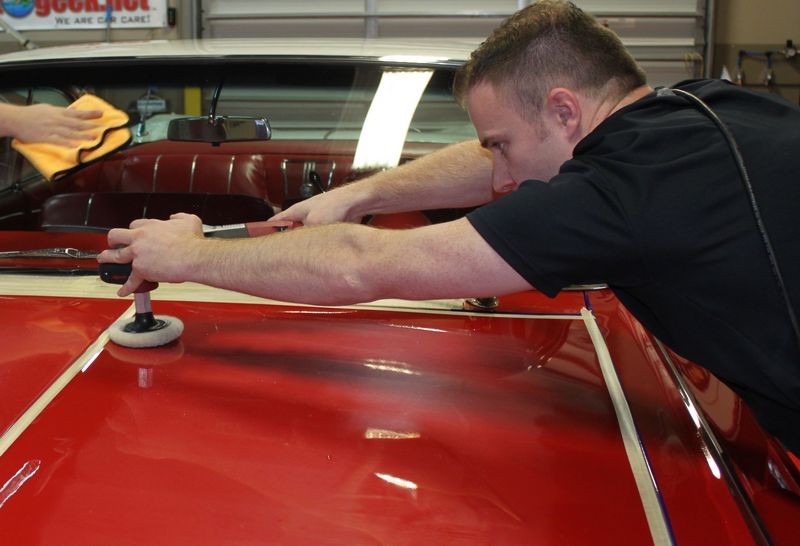

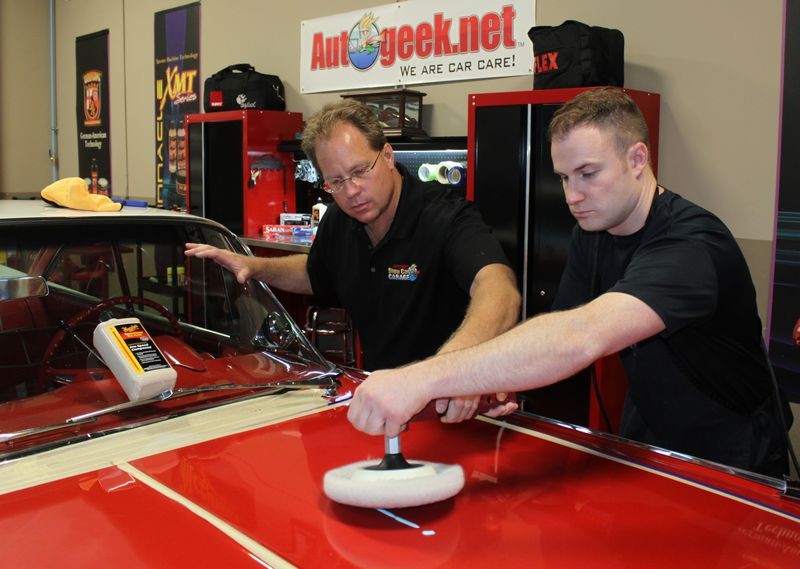




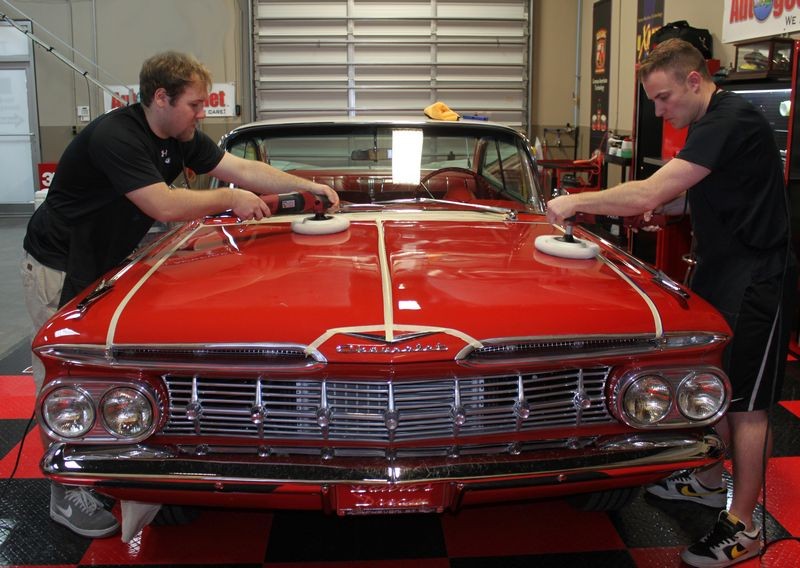


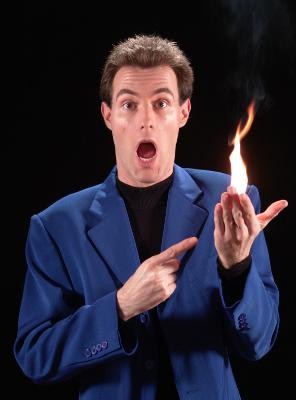












Bookmarks